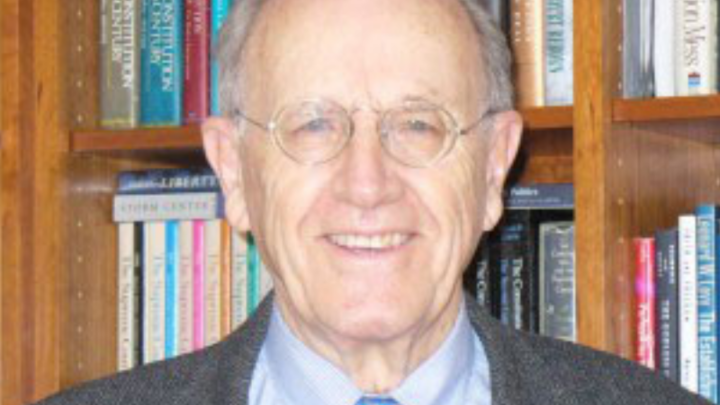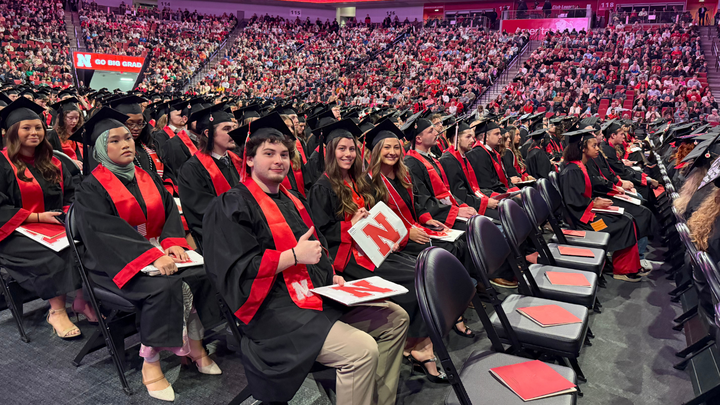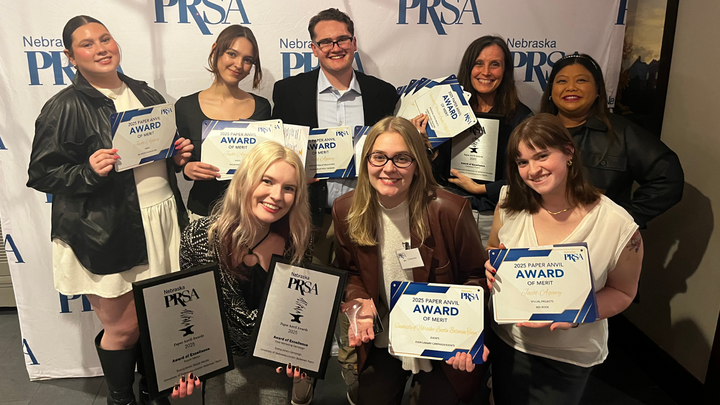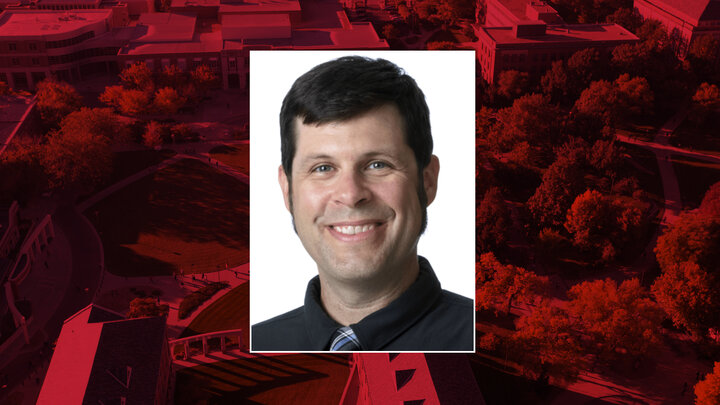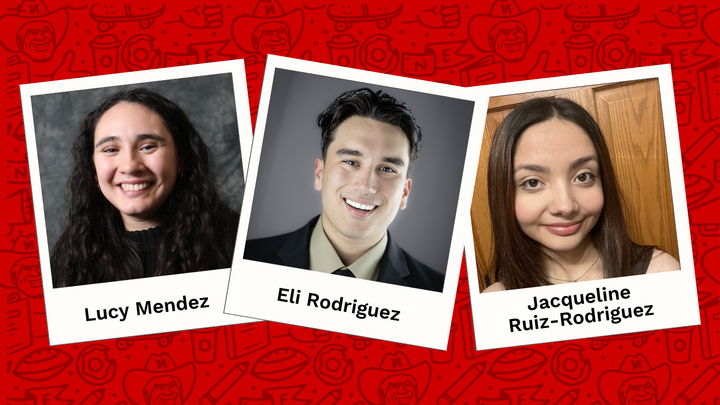Puzzling over the November 6 discussions, and now the response of the Review Committee, it is apparent that the task forces have not yet solved the riddle of what makes the CoJMC distinctive, what it offers that is novel if perhaps not entirely unique.
As we ponder that further in coming weeks, are we not obliged to consider what is distinctive about Nebraska itself – the state, its people, its history, its fundamental character? Our students learn the refrain, “There is no place like Nebraska.” Does that have any real-world, day-to-day meaning for them? In what way, or ways, does or can our University exhibit that quality, to make it a promise and, hopefully, even a reality of campus life?
Let’s begin with how others perceive Nebraska. When a Nebraskan (or other Midwesterner) is away from home, it is not uncommon to hear that distinctive part of America described as “flyover country” – in short, and in essence, an empty part of the nation, a broad and bland plain with so little to offer that it can be, perhaps should be, ignored or quickly bypassed.
In 1968, I was on the whistle-stop presidential campaign train that Robert Kennedy rode from Cheyenne, Wyoming, to Omaha. It took a long time to cross Nebraska. A number of my co-passengers, East Coast people, repeatedly commented on how boring the featureless plain was, as they saw it. For myself, it was truly exhilarating. How perfectly majestic the prairie is! What an unbelievable sense of physical and spiritual freedom accompanies that uninterrupted, graceful and peaceful landscape!
What, indeed, was it that a Nebraskan could see that escaped the vision of others?
Nebraskans, those who grew up here and those who adopt it for their home or their life work, have their own answers. As a native, let me offer my own: what is distinctive about the University and its colleges is an unbreakable bond with a prairie heritage, and our mission perhaps should be to reclaim that heritage to inform academic life on our campus.
Simply put, is there not a more profound meaning, and not just nostalgic imagery, in the uncluttered simplicity of Nebraska’s open spaces – spaces in which creativity can flourish, in which imagination can prosper? What was it that inspired the literary gifts of a Mari Sandoz or a Willa Cather, the oratorical fire of a William Jennings Bryan, the reforming zeal of a George Norris, the financial wizardry of Warren Buffett, the quiet decency of a Gerald Ford, the understated humor of a Johnny Carson, and stirred so many other illustrious daughters and sons?
Let me begin by taking us back to the 1830s, and the Oregon Trail. Marking the westward journey of a determined but hopeful band of pioneers, seeking a respite from the suffocation of the early Industrial Revolution, the Trail crossed the Missouri River near my hometown of Nebraska City, and spanned the state.
What those on the Trail found, in what would later become Nebraska, was the prairie, so vast that the curvature of the earth seemed to conceal its furthest reach. What was, what is, the prairie?
This is how the National Geographic’s Resource Library describes what physically lay before those on the Trail:
“Prairies are enormous stretches of flat grassland with moderate temperatures, moderate rainfall, and few trees. When people talk about the prairie, they are usually referring to the golden, wheat-covered land in the middle of North America.”
Nebraskans know that those vast stretches are not planted only to wheat, and that -- in symbolism and in reality -- much else can and does grow in that remarkably fertile soil.
Each day, a student on our Lincoln campus can look up to see Lee Lawrie’s magnificent sculpture, the Sower, on the top of the State Capitol on South 15th Street. Seeming to be always in motion, it is the very embodiment of optimism, of the quiet assurance that the seeds it casts will grow to maturity on the cultivated prairie. If there is not quite enough rainfall, the genius of engineering will tap the irrigating waters of ancient rivers that flow freely in the massive Ogallala aquifer, deep under the prairie.
Might we say, then, that the opportunity of our task forces is to translate that heritage into a meaningful program for our College? Each of our disciplines could usefully employ that same assurance that well-planted seeds of professionalism will grow into meaningful careers for our students and will produce academic excellence in our faculty.
What are the conditions in the academic soil that could produce such a flowering? It begins with the openness itself – open to inquiry, to intellectual discovery, to self-fulfillment. Beyond that is the sense of optimism that committed work will bring rewards (something the College already seeks in stressing “grit” as a positive value). And, while life on the prairie certainly did foster self-reliance, it also saw the necessity of community to face common challenges.
Is this a program simply for displaying pages from an aging scrapbook, the pictures of a little-remembered Nebraska of yesterday, posted visibly on our campus, in our classrooms and laboratories, in our forums of exploration? Might it be, instead, a plea to imagine habits of mind and action that will proclaim to all that we are the proud heirs of a cultural richness, one which allows our graduates and our dedicated faculty to perform as if there is, indeed, no place like this College in this Nebraska university.
Lyle Denniston, Class of 1955
